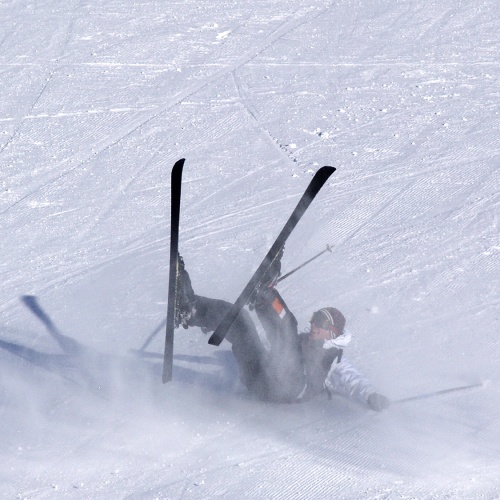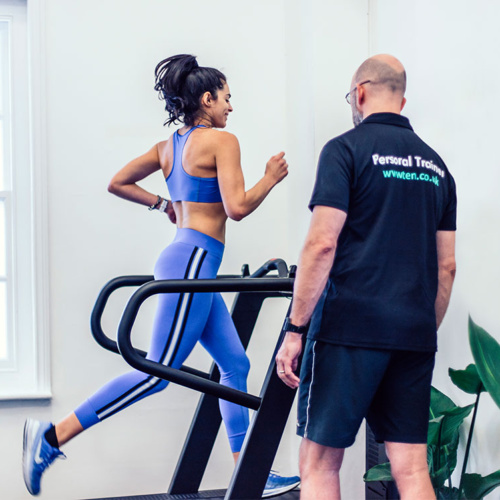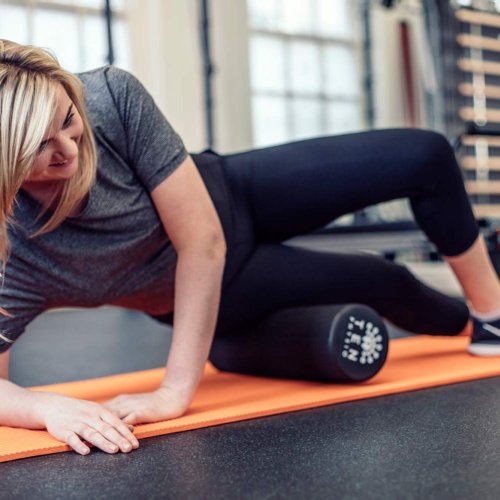The great thing about running is that not only is it good cardiovascular exercise, but it’s also about the most accessible workout there is.
Whether you’re training for competition or simply to get a bit fitter and shed a few pounds, every runner at every level shares the same three goals:
1. Run further and faster
2. Avoid injury
3. Run more efficiently. (Counterintuitively, for the spare-tyre shifters amongst us, by ensuring you’re recruiting the right muscles, improving the efficiency of your running also increases the amount of calories burnt when you run)
The bad news is that there’s a fundamental problem that limits the ability of pretty much all UK adults to meet those goals. Muscle imbalance.
These imbalances are primarily found in the muscles of our shoulders, back, legs, hips and feet. They’re characterised by feelings of tightness and pain in the outside of the calves, soles of your feet (cramps), the IT Band (outside of your thigh), the front of the hips and/or the front of your shoulders. All these issues impair your stride length/stride height and impact your overall GAIT cycle.
Almost always, they’re the result of our 21st century sedentary lifestyles and postures, along with poor footwear choices. And they limit the speed and distance you can run, cause (or at best, increase the risk of) injuries, and reduce the efficiency of your running gait.
But the good news is that there is an effective way to identify and fix those muscle imbalances – GAIT analysis.
Put simply it’s the systematic use of technology to study and improve human movement; most commonly it’s a video recording of your running from behind and from the side (viewed in slow motion).
This video is then analysed to determine which muscles and joints are over/under worked during your stride, and used to prescribe corrective exercises to rebalance the body and make it work in greater harmony.
Whatever the level you run at (and whatever your reasons for pulling on your running shoes in the first place) it’s a highly effective tool, both for rehabilitation (fixing the underlying cause of existing injuries, and helping them heal) and prehabilitation (preventing or limiting the impact of future strains and injury from occurring).
And better still, it will help you run further, faster, more easily, and help you burn more calories while you’re doing it.





